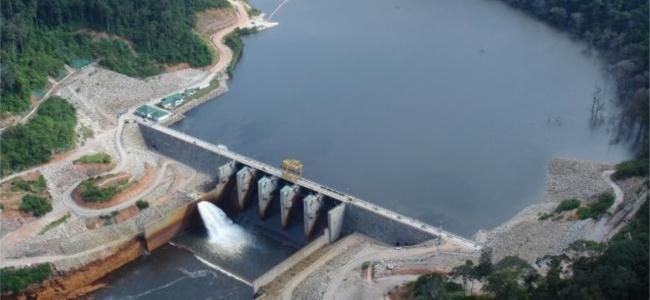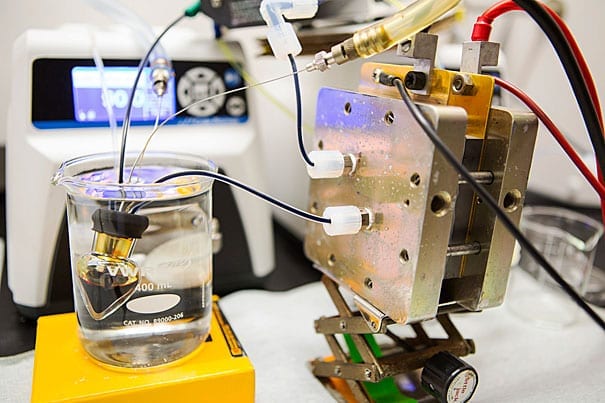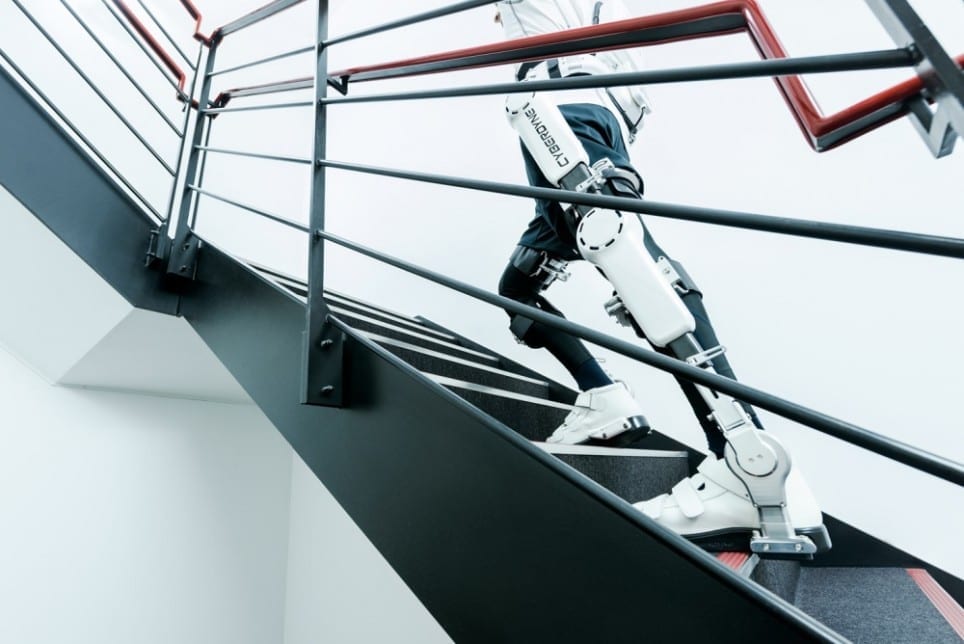
Norwegian hydropower could make Norway the “green battery” of Europe — not by building new power plants, but by further developing those we have
HYDROPOWER: NTNU’s enormous Hydraulic Laboratory is filled with models of hydroelectric dams and water tunnels. Norway’s steep and scenic Geiranger fjord, a tourist must-see, is also on display in miniature. Mini mountain boulders sluice down into the fjord at high speed in order to research the tsunami effect on land when the Åknes mountain massif eventually breaks apart and tumbles into the bay.
There’s also a brand new mini power plant, a 1:65 scale copy of Norway’s Torpa hydropower plant. With 147 meters of piping, it is not really that mini. But it is the world’s first physical model of a waterway with an air-cushioned surge chamber — a design that could be key to transforming Norway’s hydropower network into an international resource, a green battery that could soak up Europe’s excess wind and solar power and release it on demand.
Doctoral student Kaspar Vereide designed the model with funding from the CEDREN Research Centre and is studying new designs for existing hydropower plants. The model provides answers as to how the air-cushioned chamber can be optimally designed.
Improving power plants for more energy
Hydropower plant construction and research in Norway came to a near standstill after the major expansion of the 1960s and 70s. The country had developed what it needed, and today 96 per cent of the electricity in Norway comes from Norwegian hydropower, from the country’s 937 hydropower stations. Indeed, Norway is the sixth largest hydropower producer in the world — which is all the more amazing when you consider the entire country has just 5 million people.
However, Norway has the capacity to produce much more energy from hydropower and the potential to become Europe’s “green battery”. The idea behind a “green battery” is that excess power from Europe’s growing network of solar arrays and wind farms could be sent to Norway to pump water up from lower reservoirs to higher reservoirs. Then, when Europe needs this power again, Norway just opens the tap and lets the water spin through its hydropower turbines.
The trick, is however, that Norway’s hydropower plants were necessarily designed for this on-and-off operation scheme. Thus, improving existing power plants, rather than developing new ones, is the focus of ongoing research.The first step is to solve the challenges associated with increasing the capacity and flexibility of existing plants.
Vereide represents a new generation of hydropower researchers moving into Norway’s so-called first energy revolution: electricity from water.
The battle between two geniuses
Electricity represents the modern era, and at the end of the 1800s two geniuses fought a fierce battle over the basis for future electrical technology. Thomas Alva Edison, inventor of the incandescent lamp, said the electrical era should be based on the principle of direct current (DC). Nikola Tesla, who worked with Edison, was just as sure that alternating current (AC) was the future. And both were equally convinced that they held the solution.
This disagreement between two intelligent and strong personalities led Tesla to split from Edison and establish his own firm, Tesla Electric Light & Manufacturing. Here he produced pioneering inventions, and among his most important ones were neon lights, radio technology, the induction motor, robotics, turbines for hydropower – and AC. When he died he held 700 patents.
Tesla turned out to be right about which current the modern world would be based on. Through his inventions he laid the foundation for much of our modern technology, including AC.
Keeping the frequency stable
AC requires less energy to transport than DC, and it loses less energy during transport. AC is also less dangerous, and this was the main reason that AC became the choice at that time.
Read more: Norway can be Europe’s green battery
The Latest on: Hydropower
[google_news title=”” keyword=”Hydropower” num_posts=”10″ blurb_length=”0″ show_thumb=”left”]
via Google News
The Latest on: Hydropower
- Hydropower output drops to 5-year low globallyon May 8, 2024 at 9:57 pm
Ember said that Asia’s hydropower output declined by 5.9% next to North America which saw a 7.4% decline. Per market, China saw the largest drop of 4.5% or 59 TWh as generators were instructed in the first half of the year to save water for winter to avoid power shortage.
- India's restriction on supply of explosives halts over four dozen hydropower projectson May 7, 2024 at 11:10 pm
India's restrictions on importing explosives have begun to impact Nepal's development projects, causing delays in the construction of roads, tunnels and hydropower projects. The lack of explosives has brought many construction projects to a standstill.
via Bing News










